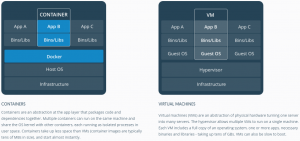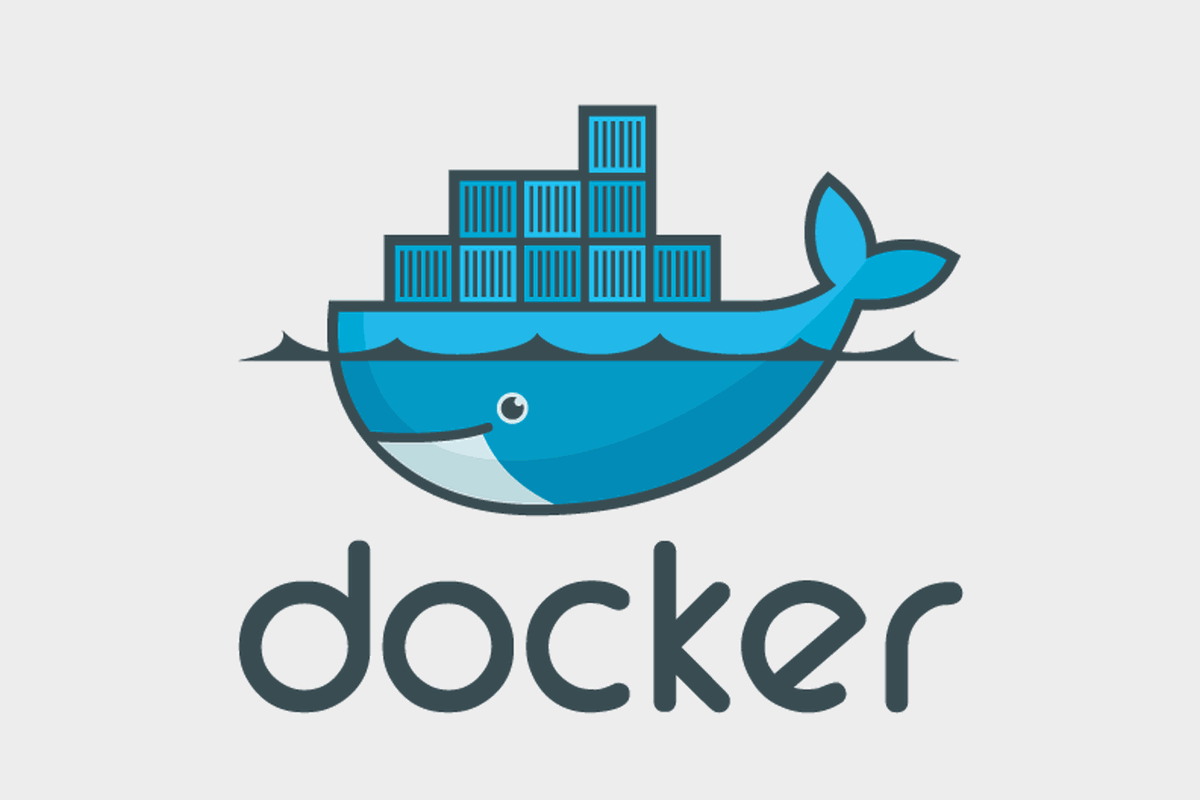Docker originally used LinuX Containers (LXC), but later switched to runC (formerly known as libcontainer), which runs in the same operating system as its host. This allows it to share a lot of the host operating system resources. Also, it uses a layered filesystem (AuFS) and manages networking.
AuFS is a layered file system, so you can have a read only part and a write part which are merged together. One could have the common parts of the operating system as read only (and shared amongst all of your containers) and then give each container its own mount for writing.
 So, let’s say you have a 1 GB container image; if you wanted to use a full VM, you would need to have 1 GB times x number of VMs you want. With Docker and AuFS you can share the bulk of the 1 GB between all the containers and if you have 1000 containers you still might only have a little over 1 GB of space for the containers OS (assuming they are all running the same OS image).
So, let’s say you have a 1 GB container image; if you wanted to use a full VM, you would need to have 1 GB times x number of VMs you want. With Docker and AuFS you can share the bulk of the 1 GB between all the containers and if you have 1000 containers you still might only have a little over 1 GB of space for the containers OS (assuming they are all running the same OS image).
A full virtualized system gets its own set of resources allocated to it, and does minimal sharing. You get more isolation, but it is much heavier (requires more resources). With Docker you get less isolation, but the containers are lightweight (require fewer resources). So you could easily run thousands of containers on a host, and it won’t even blink. Try doing that with Xen, and unless you have a really big host.
A full virtualized system usually takes minutes to start, whereas Docker/LXC/runC containers take seconds, and often even less than a second.
There are pros and cons for each type of virtualized system. If you want full isolation with guaranteed resources, a full VM is the way to go. If you just want to isolate processes from each other and want to run a ton of them on a reasonably sized host, then Docker/LXC/runCseems to be the way to go.


